In the decade following WWII, Horst shot hundreds of color fashion photographs for Vogue. Exhibition Curator Susanna Brown rightfully felt the V&A retrospective would not be complete without examples of the work on display. The magazine engravers worked directly from the original 10×8 chromes with no print required. With no vintage print to show, the decision was made to create large scale, modern prints. The size, 30 x 40 inches, was a size that Horst had used for one of his earliest gallery exhibitions.
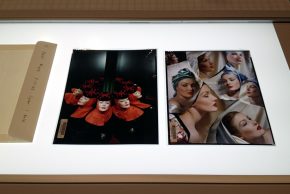

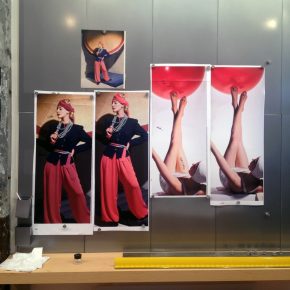
The vintage chromes contain an incredible amount of depth and detail. High-resolution drum scans from Laumont, one of the leading photo labs in New York, allowed us to take full advantage of the chromes’ dynamic range. The incredibly precise scans were painstakingly color corrected by Condé Nast Archive’s Imaging Lab. In many cases the original chromes were badly faded, so the Imaging team, lead by Lindsay Foster, tackled the delicate task of digitally painting lost color back into the files. Color references came from the original magazine spreads, captions, other photos from the period, and other research. In one extreme case, a makeup designer provided a tube of lipstick for matching purposes.

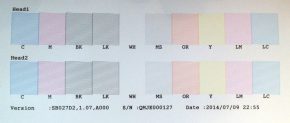
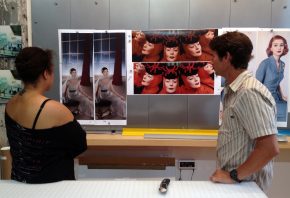
Finding the right printer on a project like this is key. Ken Allen Studios of Brooklyn, NY, was an obvious choice to handle the difficult task. Some of the prints required more than ten rounds of proofing to get the color, saturation, contrast, and overall aesthetic to what we felt was appropriate and respectful of the photographer and period. The photos were also not heavily retouched or cropped. Obvious flaws in the film, such as scratches or processing effects were corrected, but the models’ skin was not smoothed or enhanced in the style of modern fashion photography.
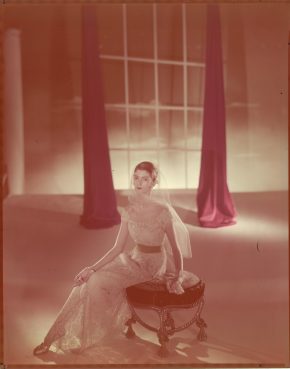

Horst shot this early color work in the Condé Nast Studio at 380 Lexington Ave. Color film and photography was still a work in progress. The film’s slow speed was particularly challenging and required intense lighting systems and a wide aperture. Some of the photos may appear as technical misses to modern eyes, but Horst was simply doing the best he could with the limited flexibility of color film. The exhibition prints aim to present Horst’s early color work through a modern printing technique while remaining true to the original


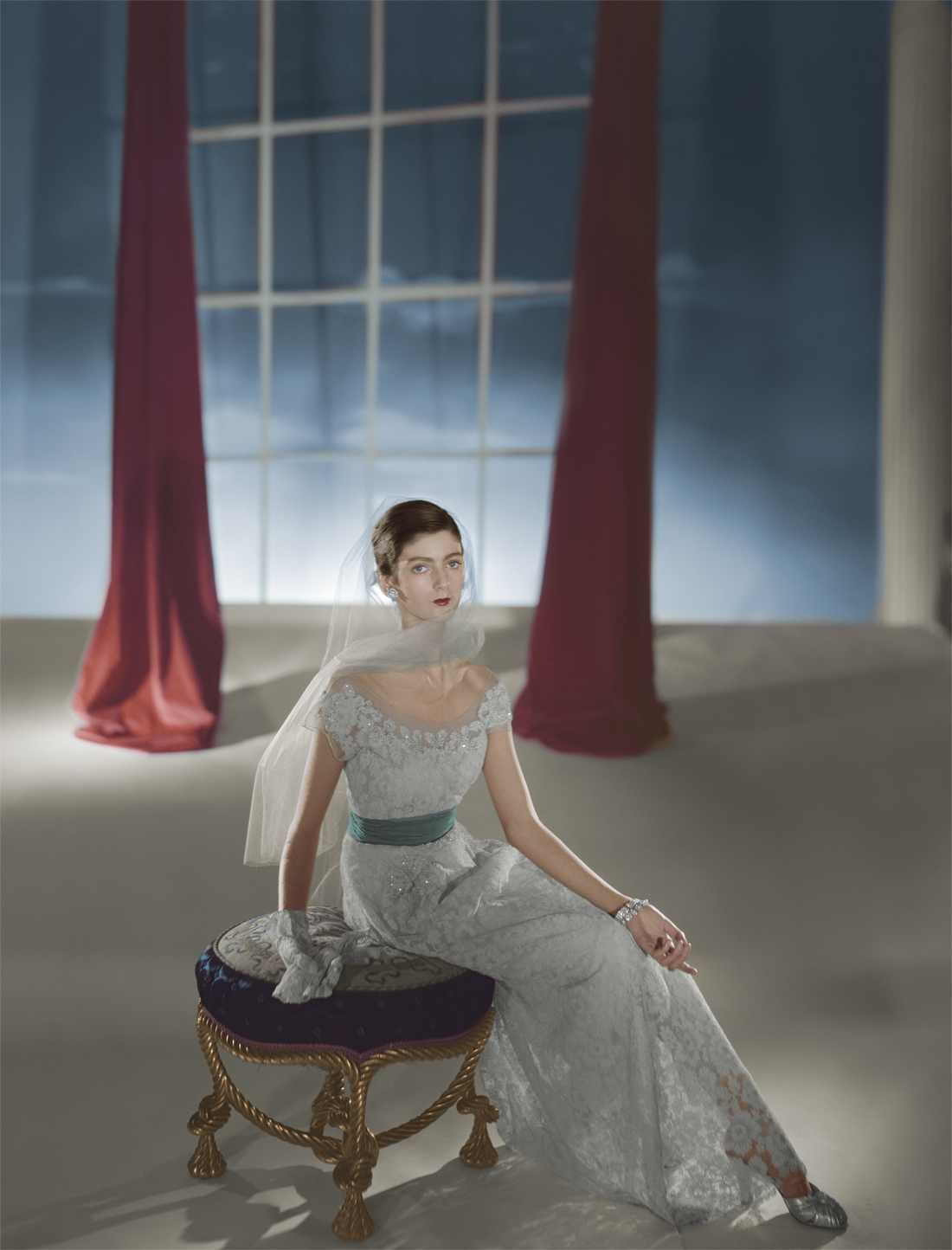
Thanks for this behind the scenes insight. It’s good to know how you referenced the details of the photos and that you left the models and details as they were at the time!
It sounds like this process took you a long time – but well worth the effort?!
Will you put both versions in the exhibition (the faded original and the new prints)?
I look forward to seeing this exhibit in September.
Thank you for your comment Kerry. A film giving a greater insight into the creation of these new colour prints, and behind the scenes view of the Vogue Archive, will be on the V&A website next week. Horst’s original transparencies are difficult to exhibit, due to their fragility and the need to be shown on a lightbox. V&A conservators worked closely with the exhibition designers to devise a way to safely exhibit one of Horst’s transparencies. The transparency on display dates from 1943 and depicts models in the famous Dalí room in the New York apartment of Princess Gourielli (Helena Rubinstein).